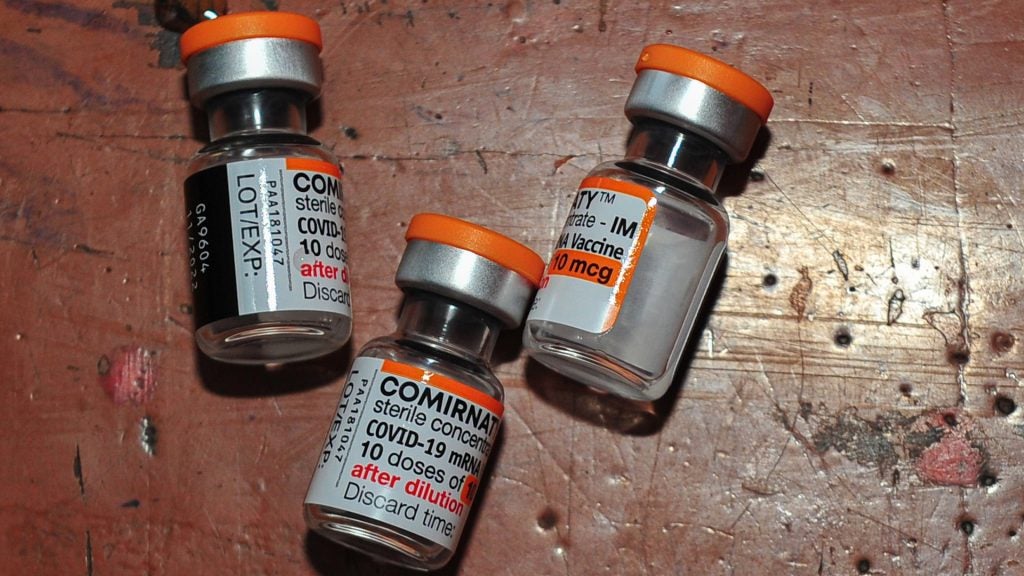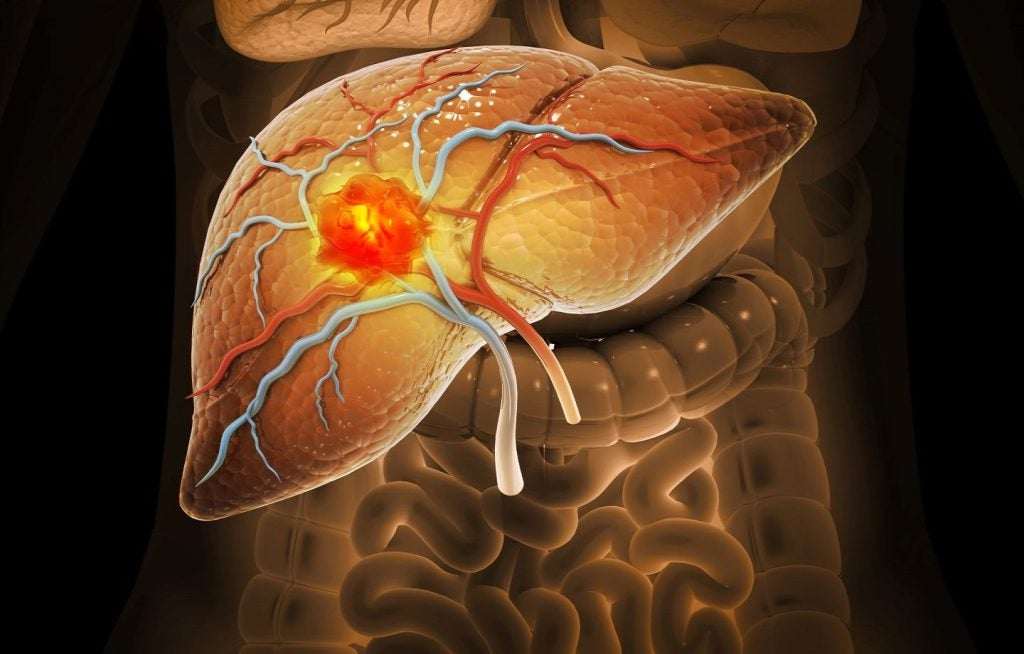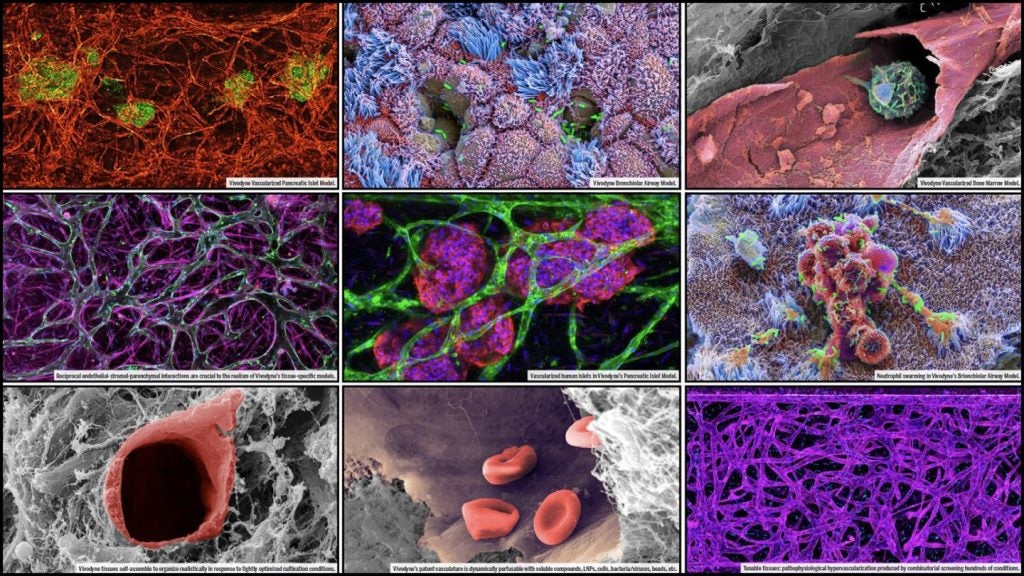With approval granted from the Australian Therapeutic Goods Administration (TGA), Merz Therapeutics’ Xeomin (incobotulinumtoxinA) enters the Australian market as the first and only neurotoxin treatment for chronic sialorrhea or excessive drooling in adults and children.
Xeomin, a botulinum toxin type A with accessory proteins, is designed to block the release of neurotransmitter acetylcholine, thereby inhibiting signal transduction and incapacitating the body’s ability to contract voluntary muscles.
Sialorrhea is a common symptom associated with Parkinson’s disease, amyotrophic lateral sclerosis (ALS), cerebral palsy (CP), stroke, and acquired brain injuries.
The TGA approval follows a series of greenlights by the US Food and Drug Administration (FDA) and the European Medicines Agency (EMA). The drug, which is currently approved for adults and children in the US, was originally granted approval in the EU to treat chronic sialorrhea in adults in 2019.
The EMA approval was awarded based on data from the Phase III SIAXI trial (NCT02091739), a randomised, double-blind, multi-centre study, evaluating incobotulinumtoxinA as a treatment for chronic sialorrhea in various neurological conditions.
The co-primary endpoints of change from baseline in unstimulated salivary flow (uSFR), and patient perceived global impression of change scale (GICS) were met, with the trial reporting a “statistically significant improvement” with both endpoints. No new safety concerns were raised.
In addition to an indication in chronic sialorrhea, Xeomin also received approval for the treatment of paediatric spasticity in upper and lower limbs of children.
A full-label approval in upper and lower limb spasticity is no mean feat, as per Chief Scientific and Medical Officer Stefan Albrecht.
In the US, Xeomin is approved to treat only upper limb spasticity. More recently in June, the UK’s Medicines and Healthcare Products Regulatory Agency (MHRA) expanded the drug’s label to include treatment of spasticity in the lower limbs.
Xeomin first gained approval as a first-line treatment for cervical dystonia and blepharospasm over a decade ago. The indication is experiencing a revival as earlier in August, Revance Therapeutics’ Daxxify (daxibotulinumtoxinA-lanm) was the latest treatment to make the jump from being an aesthetic treatment to a therapeutic for cervical dystonia.
















